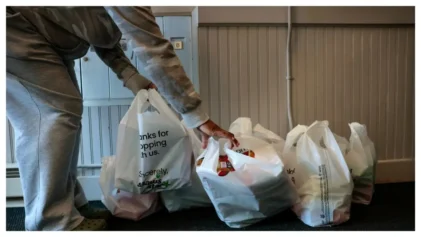
Rich-world consumers have never been keener on the coconut. Starbucks wants the tropical fruit’s milk for lattes, Rihanna promotes its water as a trendy sports drink, and the price of coconut oil has jumped more than 50 percent in the past year.
The Caribbean is practically synonymous with the coconut, so its farmers should be cashing in. For a bunch of reasons, they aren’t. Storms, droughts and the Lethal Yellowing disease, spread by plant-hopping insects, have wiped out entire farms; growers have failed to invest in new trees, or fertilizers to improve yields. Caribbean plantations have shrunk by about 17 percent since 1994, according to the U.N.’s Food and Agriculture Organization.
“It’s fair to say that at this pace, the Caribbean is running out of coconuts,” said Compton Paul, coordinator of a regional coconut program at the Trinidad-based Caribbean Agricultural Research and Development Institute.
In Nagua on the Dominican Republic’s north coast, where Dioni Siri has his own trees and also buys from other farmers, production has dropped by about 60 percent in two decades, according to the local association of growers. Siri, who sells to export markets, says that quantity isn’t the only issue: many of the nuts that do get harvested aren’t up to scratch.
In his warehouse, he picks through a pile of the fruit, holding each one close to his ear and shaking it to see if it contains milk. When there’s no sound, the coconut is dumped on a growing pile of discards. “It was picked too early,” Siri says. “It’s not good enough. Our biggest problem is that the farmers aren’t growing enough quality coconuts.”
It’s a problem that nobody saw coming. Two decades ago, international demand was waning amid medical warnings that tropical oils could raise levels of artery-clogging cholesterol. Coconuts sold for next to nothing in the Caribbean, where they’ve grown for five centuries since being introduced by Europeans traveling from the Indian Ocean. Often, they were just left to rot on their trees.
Read more here.


